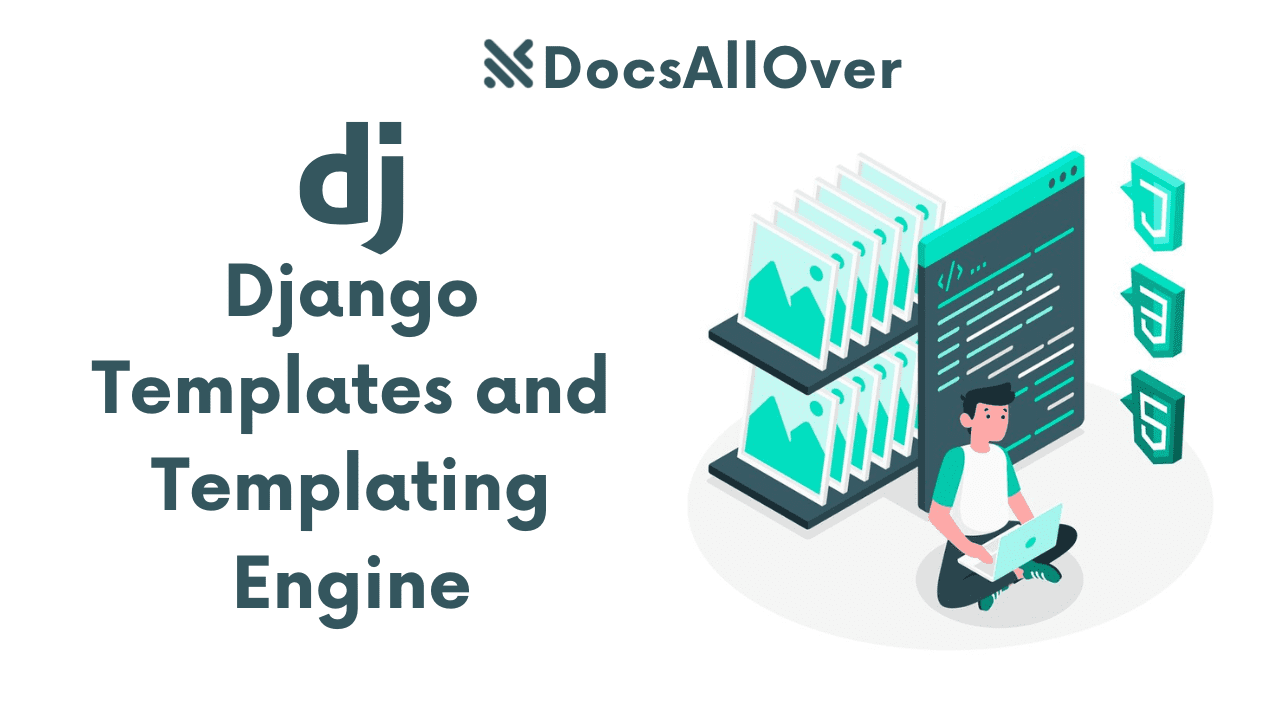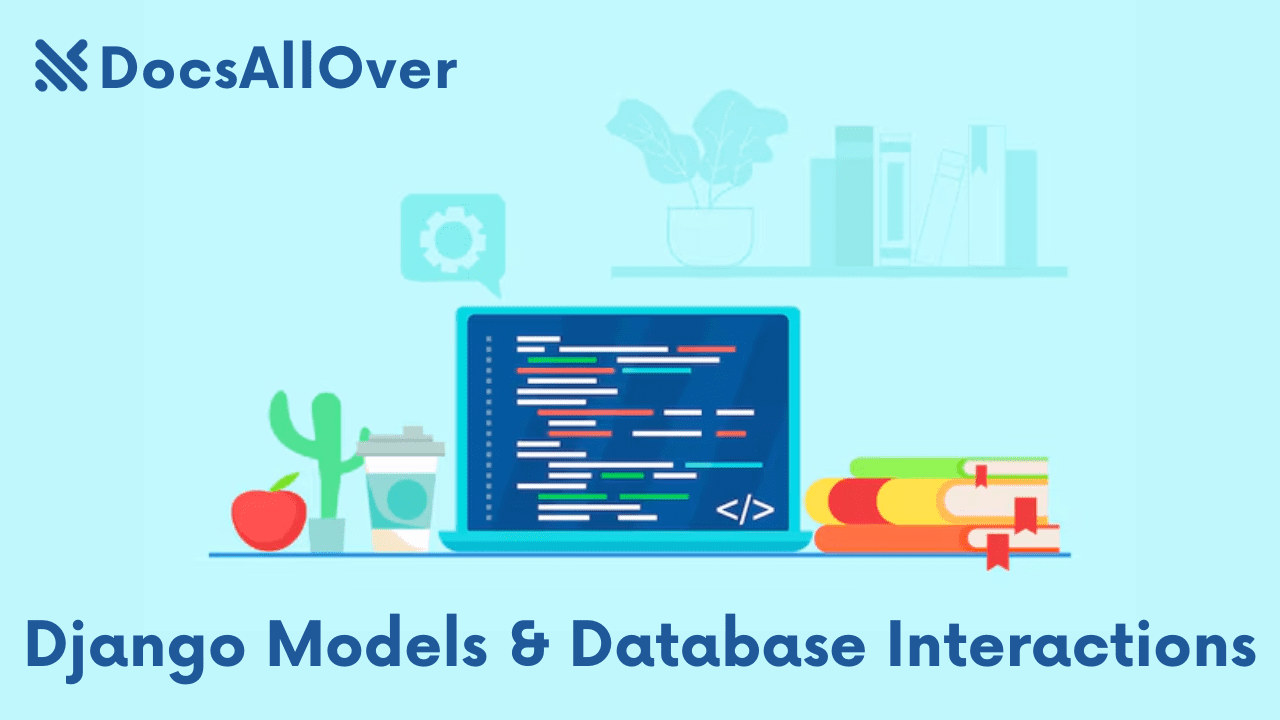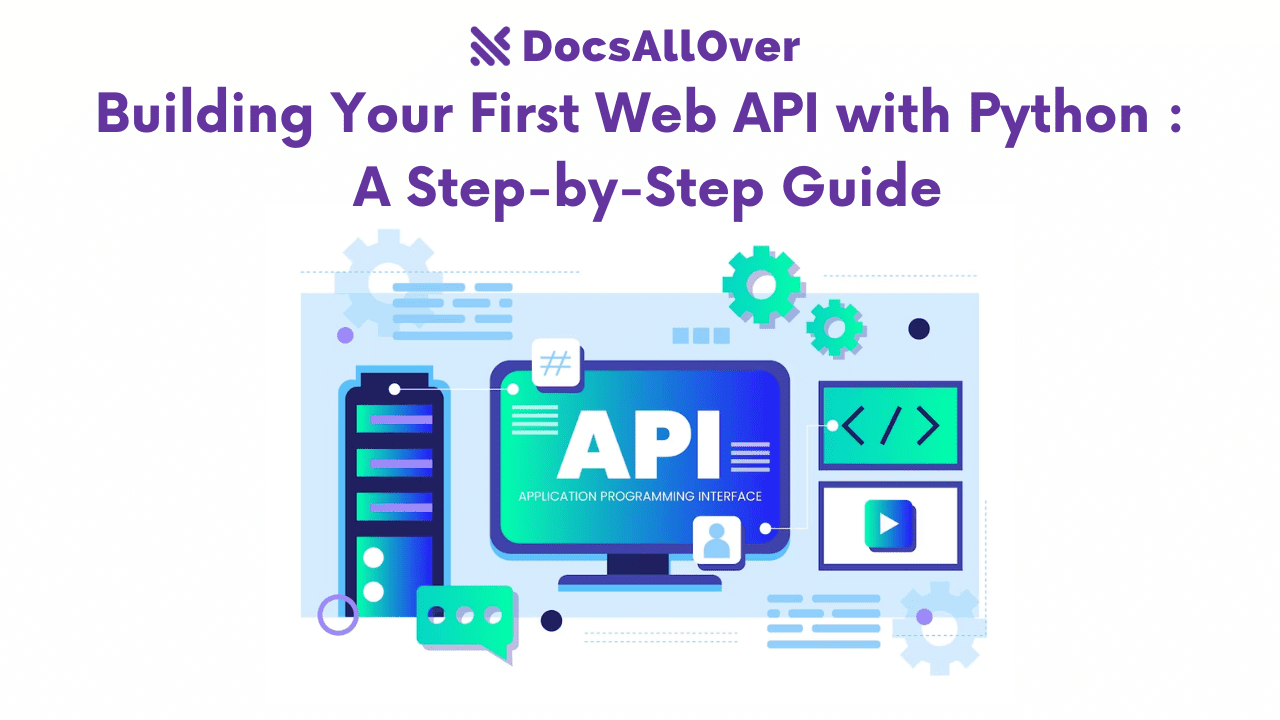Python Frameworks: Empowering Web Development with Efficiency and Ease
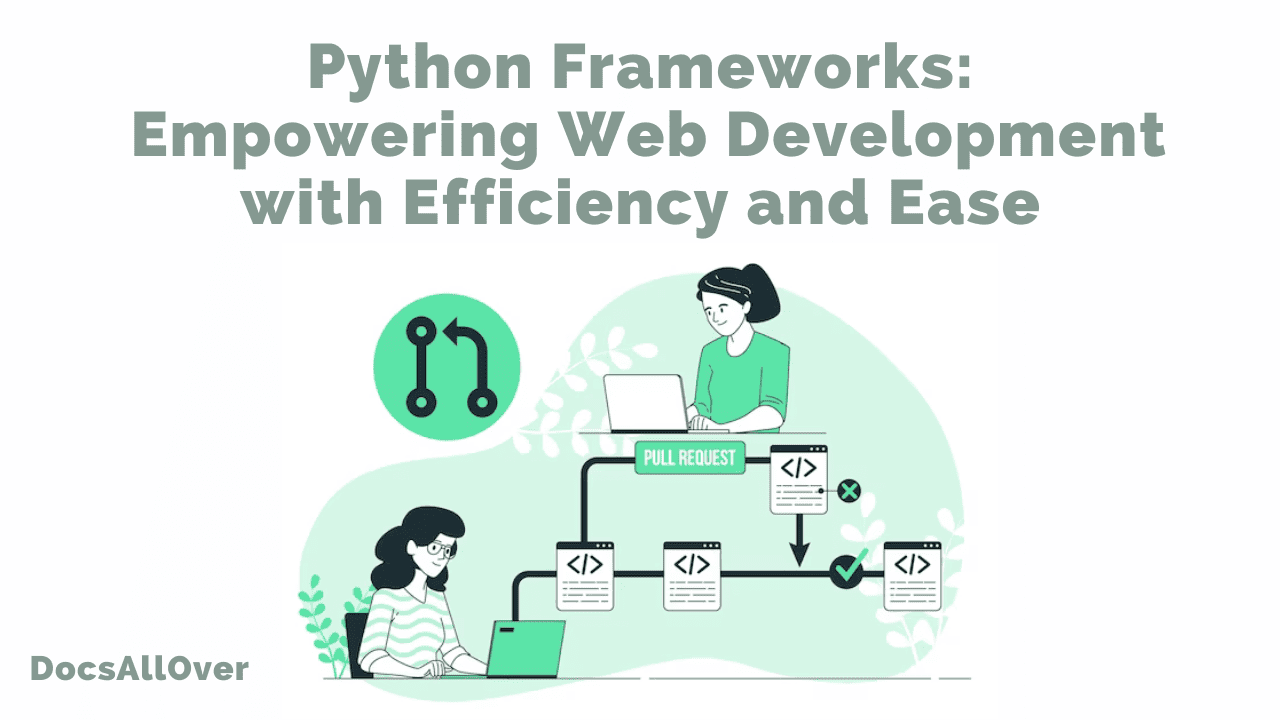
Python, known for its simplicity and readability, has gained immense popularity as a programming language for web development. One of the key factors contributing to Python's success in the web development realm is its extensive collection of frameworks. These frameworks provide developers with a solid foundation, enabling them to build robust and scalable web applications with ease. In this blog, we will explore some of the most prominent Python frameworks and delve into their features and benefits.
20 benefits of using Python frameworks for web development:
- Speed and efficiency: Python frameworks can help developers build web applications more quickly and efficiently by providing a pre-built structure and set of features. This can save developers a lot of time and effort, especially when working on complex projects.
- Scalability: Python frameworks are designed to be scalable, meaning that they can handle high traffic loads and large amounts of data. This makes them ideal for developing web applications that are expected to grow over time.
- Security: Python frameworks include a number of security features that can help protect web applications from common attacks. This can give developers peace of mind knowing that their applications are secure.
- Maintainability: Python frameworks make web applications easier to maintain and update. This is because they provide a consistent structure and coding style, which makes it easier for developers to understand and modify the code.
- Portability: Python frameworks are portable, meaning that they can be used to develop web applications that can run on different operating systems and servers. This makes it easier to deploy and maintain web applications.
- Community support: Python has a large and active community of developers. This means that there is a wealth of resources available to help developers learn and use Python frameworks.
- Open source: Most Python frameworks are open source, meaning that they are free to use and modify. This makes them a great option for developers on a budget.
- Code reusability: Python frameworks encourage code reuse, which can save developers a lot of time and effort. This is because frameworks provide a set of pre-written code modules that can be used in different parts of a web application.
- Modularity: Python frameworks are modular, meaning that they can be extended and customized by adding or removing modules. This makes it easy to add new features and functionality to web applications.
- Testability: Python frameworks make it easy to test web applications. This is because they provide a number of features that can be used to automate the testing process.
- Performance: Python frameworks are designed to be performant, meaning that they can generate web pages quickly and efficiently. This is important for providing a good user experience.
- Flexibility: Python frameworks are flexible, meaning that they can be used to develop a wide variety of web applications, from simple websites to complex web applications with advanced features.
- Large ecosystem: Python has a large ecosystem of libraries and frameworks. This means that there is a library or framework available for almost any task that a developer needs to accomplish.
- Easy to learn: Python is a relatively easy language to learn, even for beginners. This makes it a good choice for developers who are new to web development.
- Community-driven: Python is a community-driven language, meaning that it is constantly being improved and updated by the community of Python developers. This means that there is always a new version of Python to look forward to, with new features and improvements.
- Wide range of applications: Python can be used to develop a wide range of applications, including web applications, desktop applications, mobile applications, machine learning applications, and more. This makes Python a versatile language that can be used for a variety of projects.
- High demand: Python is a high-demand language, meaning that there is a strong demand for Python developers in the job market. This makes Python a good language to learn for those who are looking for a career in software development.
- Well-paid: Python developers are well-paid, with an average salary that is higher than the average salary for software developers in general. This is due to the high demand for Python developers.
- Job opportunities: Python developers have a variety of job opportunities available to them. They can work for companies of all sizes, from startups to large enterprises. They can also work as freelancers or consultants.
- Fun to learn: Python is a fun language to learn. It is easy to read and write, and it has a number of features that make it enjoyable to use.
How to choose the right Python framework ?
When choosing a Python framework, it is important to consider the following factors:
- The size and complexity of your web application: If you are developing a small or simple web application, a microframework such as Flask may be a good choice. If you are developing a complex web application, a full-stack framework such as Django or Pyramid may be a better option.
- Your skills and experience: If you are a beginner, a framework with a large community and good documentation is important. If you are an experienced developer, you may want to choose a framework that is more flexible and customizable.
- Your specific requirements: Consider any specific requirements that you have for your web application, such as the need for specific features or integrations.
Popular Python Frameworks

1.Django:
Django is a high-level web framework that follows the Model-View-Controller (MVC) architectural pattern. It offers a rich set of features for rapid development, including an object-relational mapper (ORM), built-in authentication, and a powerful templating engine. With Django, developers can quickly build database-driven web applications while adhering to best practices.

- Official Website: https://www.djangoproject.com/
- Github Repository: https://github.com/django/django
Example:
Let's consider a scenario where you need to build an e-commerce website. Django's ORM allows you to define models for products, orders, and customers. With Django's built-in admin interface, you can easily manage the product inventory, process orders, and handle user authentication.
Advantages:
- Django follows the "batteries included" approach, providing a rich set of built-in features and functionalities.
- It follows the MVC architectural pattern, making it easier to separate concerns and maintain code.
- Django offers excellent documentation and a large community, ensuring ample support and resources.
Disadvantages:
- The learning curve for Django can be steep, especially for beginners.
- Django's structure and conventions may limit flexibility for certain project requirements.
2.Flask:
Flask is a lightweight and flexible micro-framework that focuses on simplicity and minimalism. It provides the essentials for building web applications without imposing any specific project structure. Flask allows developers to choose the components they need and encourages the use of external libraries for added functionality.

- Official Website: https://flask.palletsprojects.com/
- Github Repository: https://github.com/pallets/flask
Example:
Suppose you want to create a RESTful API to manage a blog. With Flask, you can define routes for CRUD operations such as creating a new blog post, retrieving blog posts, updating posts, and deleting posts. Flask's simplicity makes it a popular choice for building small to medium-sized applications.
Advantages:
- Flask is easy to learn and has a minimalistic design, allowing for quick development and customization.
- It provides flexibility, enabling developers to choose the components they need and integrate with other libraries or frameworks.
- Flask is well-suited for small to medium-sized applications and APIs.
Disadvantages:
- Flask's minimalistic nature means that you may need to add additional libraries or extensions for certain functionalities.
- It may require more manual configuration and setup compared to other frameworks.
3.Pyramid:
Pyramid is a versatile web framework that prioritizes flexibility and scalability. It offers a well-organized and extensible codebase, making it suitable for projects of any size. Pyramid follows a "pay only for what you need" philosophy, allowing developers to assemble the desired components for their application.
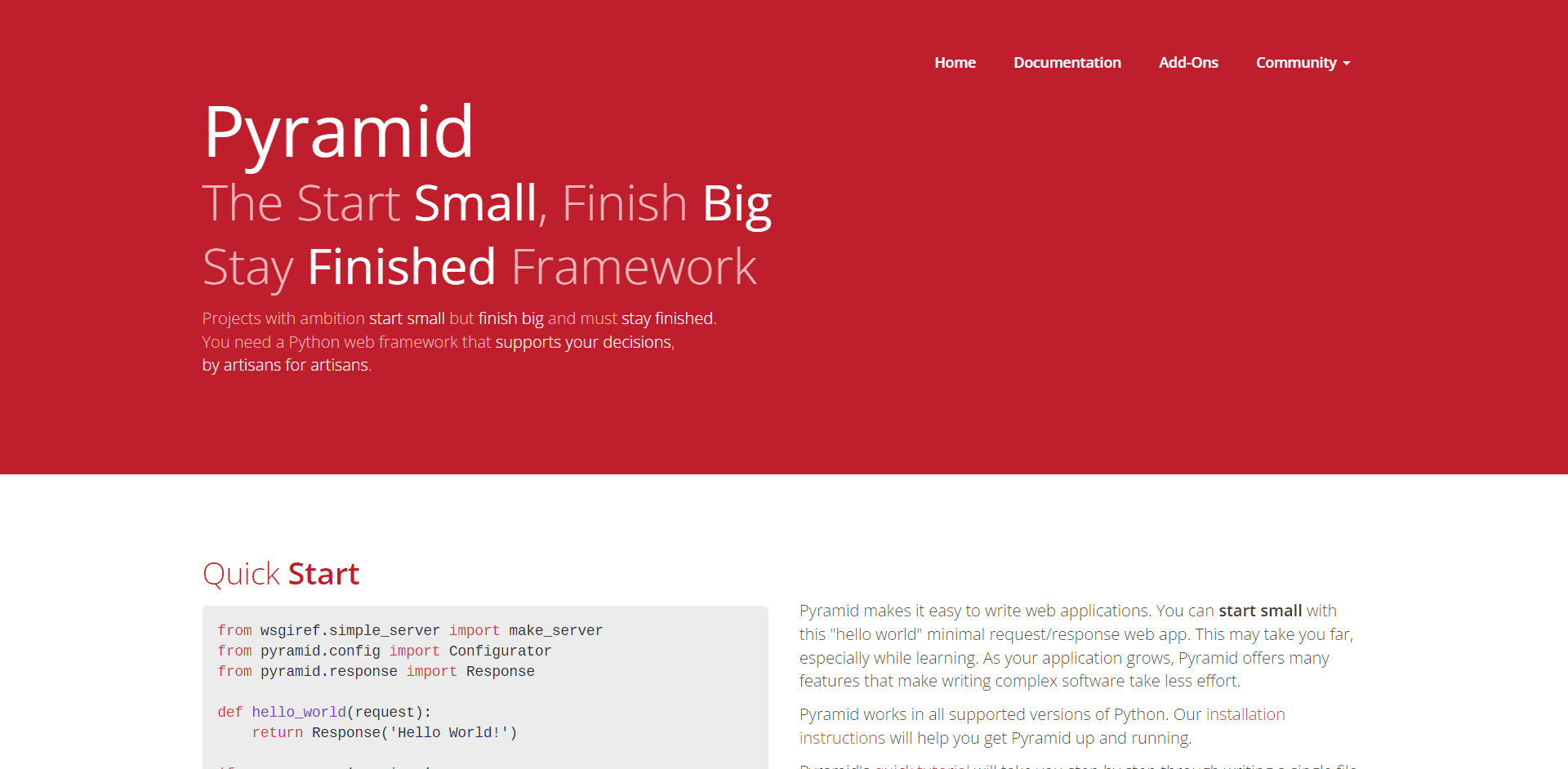
- Official Website: https://trypyramid.com/
- Github Repository: https://github.com/Pylons/pyramid
Example:
Imagine you are developing a content management system (CMS) that needs to handle various types of content, such as articles, images, and videos. Pyramid's flexible configuration allows you to define different views and routes for each content type, providing a seamless experience for content creators and consumers.
Advantages:
- Pyramid follows a "pay only for what you need" philosophy, allowing developers to choose the components and features they require.
- It provides excellent support for larger and more complex applications.
- Pyramid offers extensive documentation and a friendly community.
Disadvantages:
- Pyramid's learning curve can be steeper compared to other frameworks.
- It may require more initial setup and configuration.
4.Bottle:
Bottle is a lightweight and straightforward micro-framework designed for building small web applications. It has a minimalistic codebase and requires no external dependencies, making it easy to learn and use. Bottle is suitable for developing APIs, simple websites, and prototypes.

- Official Website: https://bottlepy.org/
- Github Repository: https://github.com/bottlepy/bottle
Example:
With Bottle, you can build small and simple web applications. For example, you can create a basic contact form that saves user inputs to a database.
Advantages:
- Bottle is lightweight, making it ideal for small projects or quick prototypes.
- It has a minimalistic design and is easy to get started with, requiring fewer dependencies and configurations.
- Bottle has excellent performance and is suitable for single-file applications.
Disadvantages:
- Bottle may lack some advanced features and functionalities compared to larger frameworks.
- It may not be suitable for larger-scale or complex applications.
5.CherryPy:
CherryPy is a minimalist web framework that allows developers to build web applications in an object-oriented manner. It provides a clean and intuitive API for handling HTTP requests, managing sessions, and serving static files. CherryPy focuses on simplicity, performance, and scalability
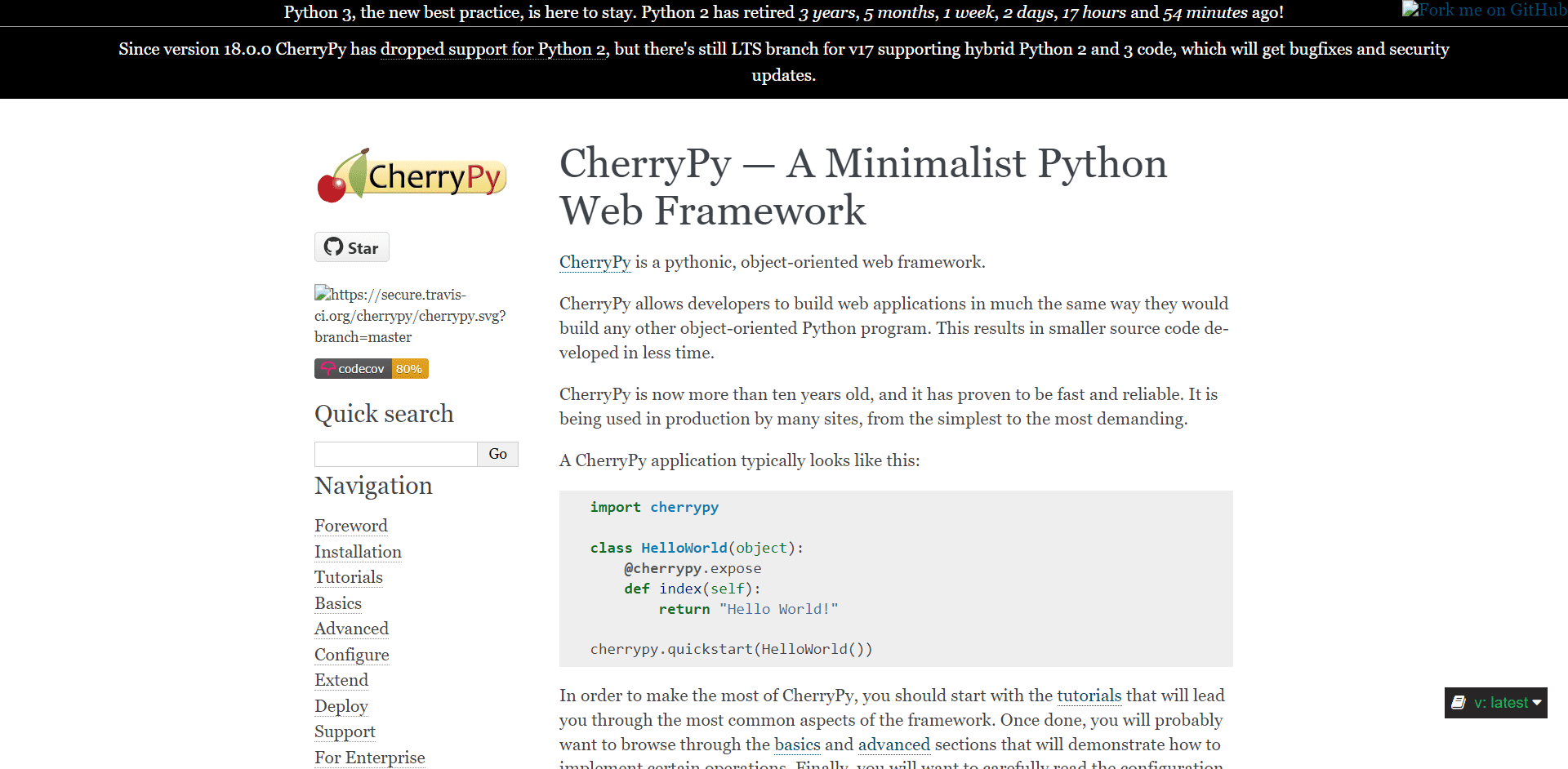
- Official Website: https://cherrypy.org/
- Github Repository: https://github.com/cherrypy/cherrypy
Example:
CherryPy allows you to build object-oriented web applications. For instance, you can create a content management system (CMS) with customizable page templates and user permissions.
Advantages:
- CherryPy offers a clean and intuitive API, making it easy to understand and work with.
- It provides great flexibility and scalability, allowing developers to build applications of various sizes and complexities.
- CherryPy has good performance and can handle high traffic loads.
- The community and available resources for CherryPy may be smaller compared to other frameworks.
- It may require more manual configuration and setup for certain functionalities.
Disadvantages:
6.Tornado:
Tornado is a scalable and non-blocking web framework known for its high-performance capabilities. It excels in handling a large number of concurrent connections and is widely used in applications requiring real-time functionality. Tornado supports asynchronous programming and provides features like request handling, secure cookies, and websockets.

- Official Website: https://www.tornadoweb.org/
- Github Repository: https://github.com/tornadoweb/tornado
Example:
Tornado is known for its non-blocking and high-performance capabilities, making it suitable for building real-time applications like chat servers or streaming platforms.
Advantages:
- Tornado's non-blocking I/O architecture allows it to handle a large number of concurrent connections efficiently.
- It is well-suited for building scalable and high-performance applications.
- Tornado provides a simple and easy-to-use asynchronous programming model.
Disadvantages:
- Tornado's asynchronous nature may require developers to have a good understanding of asynchronous programming concepts.
- It may not be the best choice for simpler or content-based web applications.
- Each of these Python frameworks has its own strengths and weaknesses, and the choice depends on the specific requirements of your project. Consider factors like project complexity, scalability needs, available resources, and your familiarity with the framework when selecting the most suitable one for your development endeavors.
Python frameworks offer a powerful and efficient way to develop web applications. With their diverse features and flexible nature, these frameworks empower developers to build robust and scalable projects with ease. Whether you choose Django, Flask, Pyramid, Bottle, CherryPy, or Tornado, each framework brings its own advantages and disadvantages, allowing you to tailor your choice to your specific project requirements. By leveraging the strengths of Python frameworks, you can unlock the potential for faster development, code reusability, and enhanced productivity in your web development journey.
